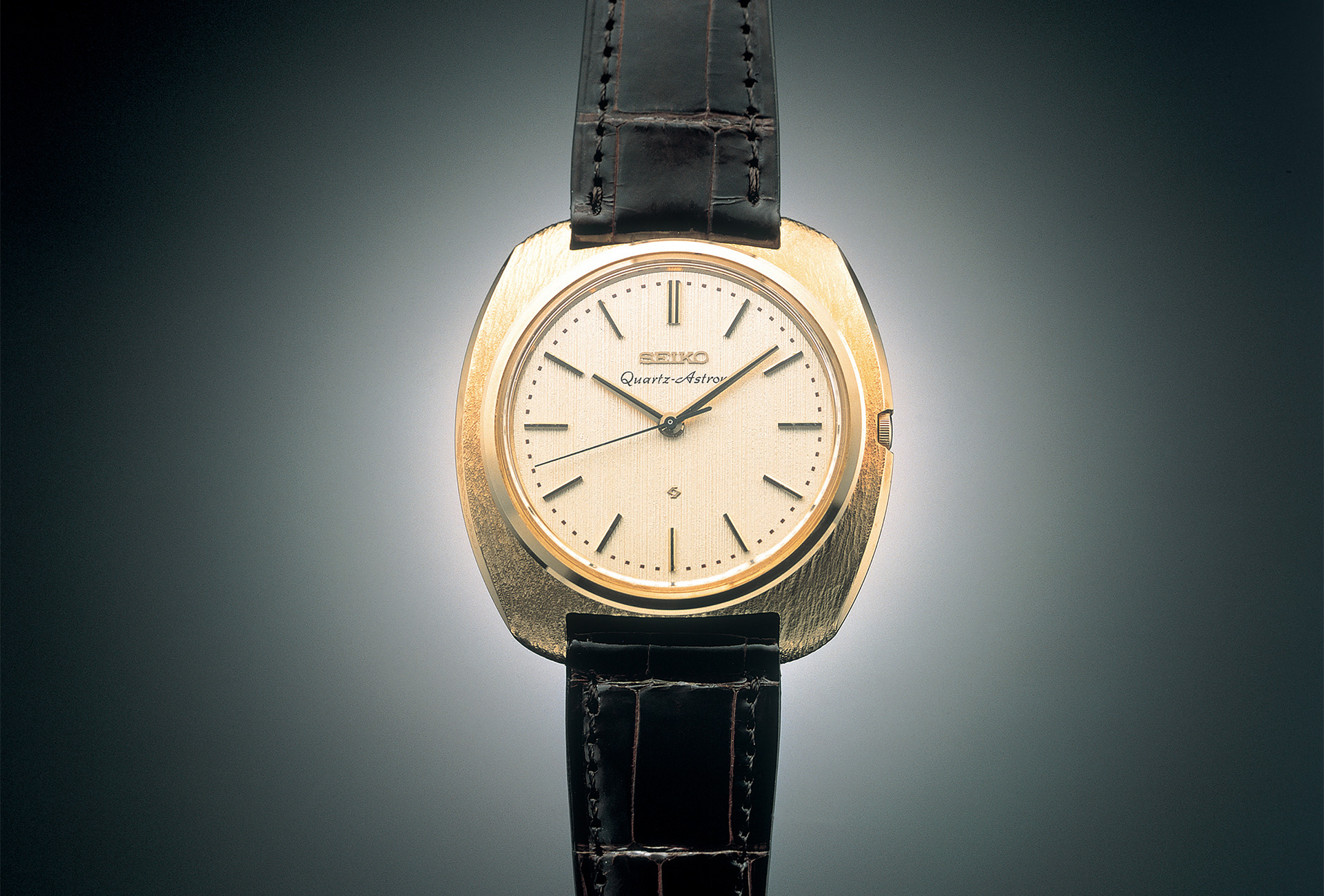As we move toward the end of 2019, a year in which a succession of legendary watches turned fifty, we are reminded of other events from five decades ago that left their mark on contemporary history. In 1969 Jan Palach self-immolated in Prague in protest against the Soviet invasion, while in Northern Ireland tensions mounted following deployment of the British Army. But that same year, half a million people converged on Woodstock for an event that became a symbol of counter-culture in the United States. Many would have protested against the war in Vietnam, from where American troops began to withdraw in July. A few months earlier, the launch of the Boeing 747 “Jumbo Jet” and the first test flights by the supersonic aircraft Concorde gave wings to the technology that would send the first men to the moon.
The race is on
The 60s were an eventful time for the watch industry too, as two consortiums battled it out over one of the last great challenges: to replace manual winding in chronograph movements by automatic winding, considered the more modern system. The first of these two joint ventures, formed by Zenith-Movado, had planned its grand unveiling in time for its centenary in 1965, but work fell behind schedule and it wasn’t until January 1969 that the firm, hoping to stake out the terrain ahead of the competition, held a press conference announcing the world’s first automatic chronograph – although it wasn’t until October that the now famous El Primero, beating at 36,000 vibrations/hour and accurate to one-tenth of a second, saw daylight as the A384.
Meanwhile, the second consortium, formed in 1967 by Heuer-Leonidas, Breitling, Hamilton-Büren and Dubois-Dépraz, had been making headway on its system. Rather than attempt to reinvent the wheel, it used an existing movement, a Büren extra-thin calibre with off-centre microrotor, as its starting point and focused on developing an additional cam lever chronograph module. The project would be crowned with success and the new movement was presented in March 1969. By summer, Heuer was equipping its Monaco with Calibre 11 (rapidly replaced by Calibre 12) while Breitling had its Chronomatic reference 2111. Special mention must also go to a third “giant leap” for chronographs, albeit manual-winding, when the Omega Speedmaster entered history as the Moonwatch on July 21st, 1969, having been flight-qualified by NASA since 1965.
And the winner is...
These tours de force by Swiss watch brands have been duly feted this year, in particular by Zenith and TAG Heuer at roadshows where celebrity ambassadors have waxed lyrical over champagne and a raft of anniversary special editions. Yet the fact remains, the Swiss were beaten to the punch by Seiko. In the early weeks of 1969, the Japanese firm unveiled the first automatic mechanical chronograph as Calibre 6139. By May, the first (rather hefty) watches equipped with this innovative movement arrived in stores. Beating at 21,600 vibrations/hour, Seiko’s calibre featured a column wheel to control the chronograph functions and vertical coupling to prevent the seconds hand from jumping when engaged. It also incorporated Magic Lever click-winding, inspired by the Pellaton system, for rapid winding of the mainspring.
As it turned out, Seiko had more than one trick up its sleeve. Having put its European competitors in the shade on the mechanical front, on December 24th the Japanese firm revealed the Astron, the first ever quartz wristwatch and the first shot in the “quartz crisis” that almost decimated the Swiss watch industry. Fifty years on, Swiss brands have shown how resourceful they are. But while they make a show of 1969, Seiko remains the epitome of discretion. Cultural differences, no doubt…






















